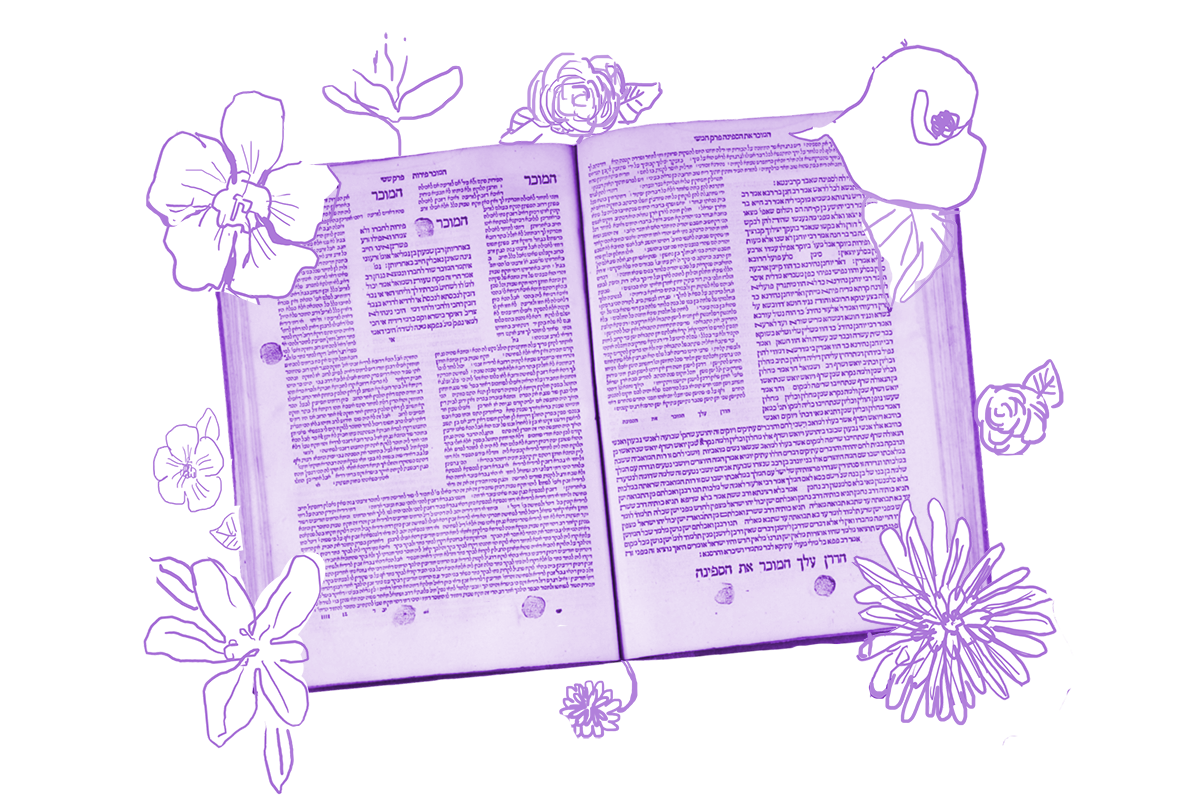Today the rabbis discuss which kinds of capital crimes are punished with stoning. According to the mishnah, stoning applies to all those who engage in forbidden sexual relationships as well as:
One who blasphemes, one who engages in idol worship, one who gives of his offspring to Molekh (as a child sacrifice), the ov and the yidoni (two different biblical terms for mediums), one who desecrates Shabbat, one who curses his father or his mother, one who engages in intercourse with a betrothed young woman, an inciter and a subverter to idolatry, a warlock and a stubborn and rebellious son.
This list raises two questions for the rabbis of the Talmud. First, it is not immediately apparent what connects these assorted crimes: What do idolatry, forbidden magic, parental disrespect, and prohibited sexual acts have in common? Second, the Torah doesn’t specify the mode of execution for most of the sinners listed here. How does the mishnah derive that all these sins are punished with this specific mode of execution?
The Talmud answers both of these questions simultaneously.
Rabbi Zeira said to Abaye: As to the rest of those who are stoned, with regard to whom stoning is not written, (how do we know they are stoned)? Because it is derived from mediums: “They shall be put to death, they shall stone them with stones, their blood shall be upon them” (Leviticus 20:27).
Rabbi Zeira explains that the rabbis learn through a gezeirah shavah, a verbal analogy, that all these sins are punished with stoning. A gezeirah shavah is possible when the Hebrew in one verse mirrors the Hebrew in another. So which exact words make up the analogy?
Abaye said to him: It is derived from “their blood” and “their blood shall be upon them.”According to Abaye, the phrase “their blood” appears across all of these biblical prohibitions, and because the punishment of stoning is accompanied by the words “their blood shall be upon them,” that signals that one who is convicted of any of these prohibitions is punished with stoning. The Talmud accepts Abaye’s answer.
But if you read very carefully above, you may have noticed that the biblical verse that explains the punishments of the mediums uses two different expressions with regard to their execution: “they shall be put to death” and “their blood shall be upon them.” We now understand the purpose of the phrase about blood — it signals that other sins using a similar phrase are also punished with stoning. So the Talmud next asks what we learn from the other expression: “they shall be put to death.”
As it is taught about a murderer: “He that killed him shall be put to death, for he is a murderer” (Numbers 35:21). I have derived only that he is put to death with the execution written concerning him (decapitation). From where do I learn that if you cannot put him to death with the execution written concerning him, then you put him to death with any other form of execution? The verse states: “He that killed him shall be put to death (mot yumat)” — in any case.
This early rabbinic teaching notes that the expression “he shall be put to death” has a doubled verb, mot yumat. Grammatically, doubling of a biblical Hebrew verb creates emphasis — the difference between “he shall be put to death” and “he shall surely be put to death.” But the rabbis read additional meaning into this doubled verb: that it signals multiple methods of execution are permitted. Practically, if the court is unable to execute the murderer using the prescribed method (decapitation) they should use whatever type of execution is available. And because the language here also reflects the language in our verses about executing mediums, the same holds true for them: If stoning is unavailable, the court is authorized to use an alternate form of execution.
While we work to understand rabbinic logic, which requires precise parsing of the Hebrew text, it’s also worth understanding the rabbinic historical context. In a time and place without the kinds of facilities that can separate dangerous people from society and offer them the support necessary for their own safety and that of everyone around them, there was no system, other than executing them, for protecting communities. So although the rabbis in many ways limit the use of capital punishment, they read the Torah as allowing capital punishment by any means available when necessary. That was a difficult reality of their world. But it isn’t our world today, thank God.
Read all of Sanhedrin 53 on Sefaria.
This piece originally appeared in a My Jewish Learning Daf Yomi email newsletter sent on February 8, 2025. If you are interested in receiving the newsletter, sign up here.
With your help, My Jewish Learning can provide endless opportunities for learning, connection and discovery.



